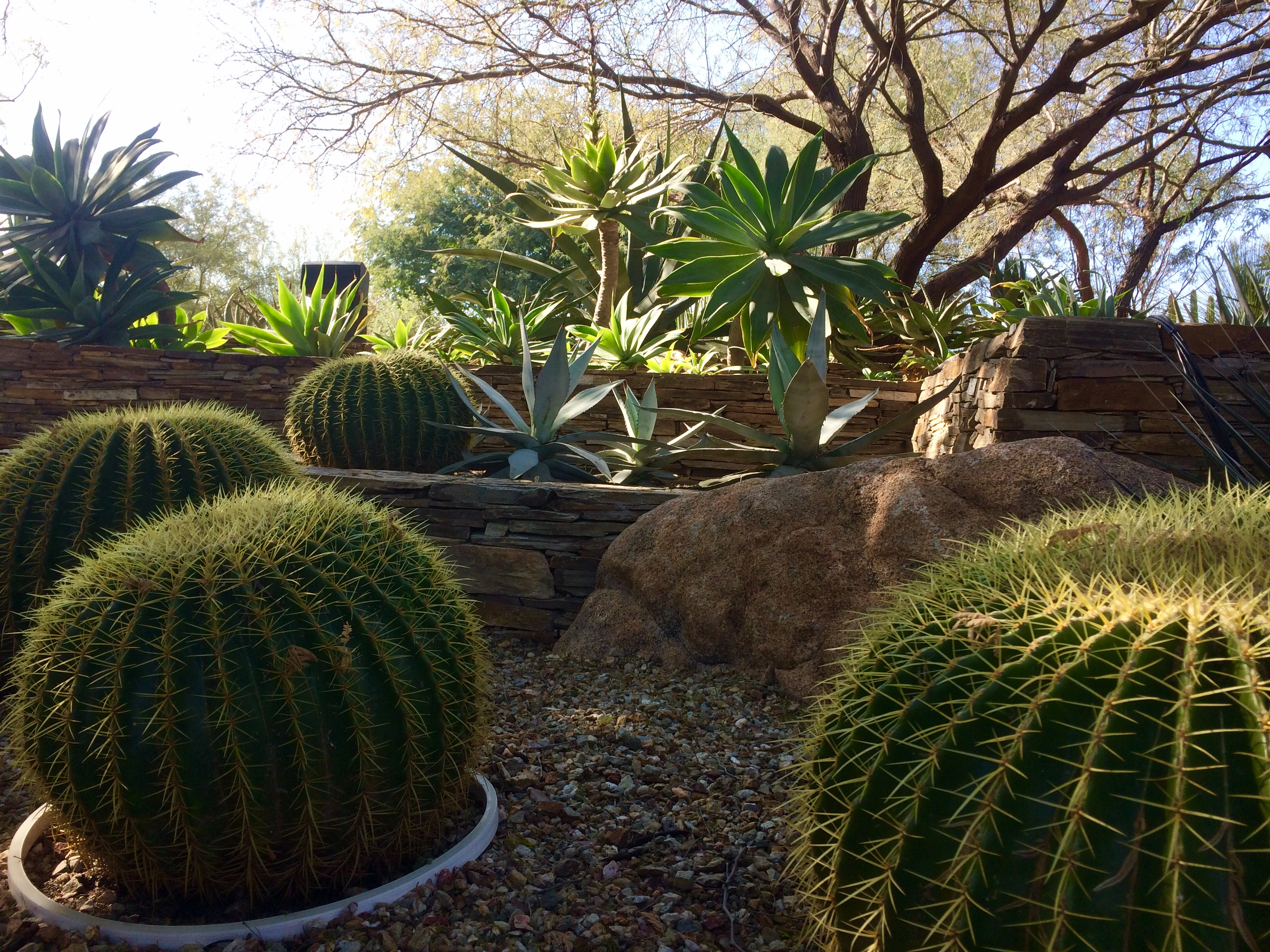I recently toured a botanical garden. I loved the array of colors and shapes. In fact, I marveled at the diversity of shades of just one color – green. I wondered how the designers of the garden decided to organize the space. I found it stimulating to observe different ways the same species could look, depending on location or exposure to sunlight or access to water. The whole experience elicited praise for our infinitely creative God and Maker.
Our tour guide never mentioned God. Perhaps he was not allowed to. Or maybe he didn’t share my urge for doxology. He did talk a lot about science. He held particular fascination for photosynthesis. Several times he mentioned how “smart” the plants were, displaying their “intelligence” by growing in ways that found water or sunlight or nutrients in the soil.
I didn’t disagree with what he said. I just wondered why he didn’t address the things I focused on. At one particular point, as we rounded a corner to see a new collection of plants, he said, “Now we come to a very interesting part of the garden. Notice the pointy edges of this plant. If you ever just accidentally brushed up against it, you would feel just how sharp these needles are.” He went on to say that these “intelligent” plants formed these points to protect themselves against animals that would eat them.
But I imagined rounding that same corner and hearing a tour guide say, “Now we come to one of the most beautiful parts of the garden. Just look in front of you and count how many shades of green you see. There’s that one over there with the yellow tint to it. And here’s one with a reddish hue. Over there are two plants, side by side, with rather different bluish pigmentations.”
Please hear me carefully. I’m not anti-science. I just don’t think science is all there is. Or, more to my point, I don’t think science explains everything we need to know about any given situation. But at some point, science got the upper hand and eventually, crowded out other ways of knowing.
I’m reminded of an illustration I learned from missiologist Paul Hiebert about how we observe the world around us. It could be like studying a number of different blueprints of the same house. We could look at an architectural layout of the rooms and walls. We could also consult a schematic of the electrical circuits or the water pipes or the heating system. We could also walk through the house and observe the furniture, the colors on the walls, the materials used for flooring and on and on we could go. No single blueprint captures the whole house.
Similarly, we need different blueprints for understanding the world we live in and how we fit in as persons. It’s important to know about our biology but it’s also important to remember our humanity. We are more than just cells and DNA. We are also image-bearers of our creator. We have bones and muscles and organs. We also have souls and consciences and imaginations.
Part of the task of pre-evangelism in our science-dominated world is to point out the other ways of knowing and suggest the limitations of science. Perhaps some of our secular friends may have been wondering if there’s more to life than what science can explain. Maybe a trip to a botanical garden could be just the spot for the beginning of that conversation.



